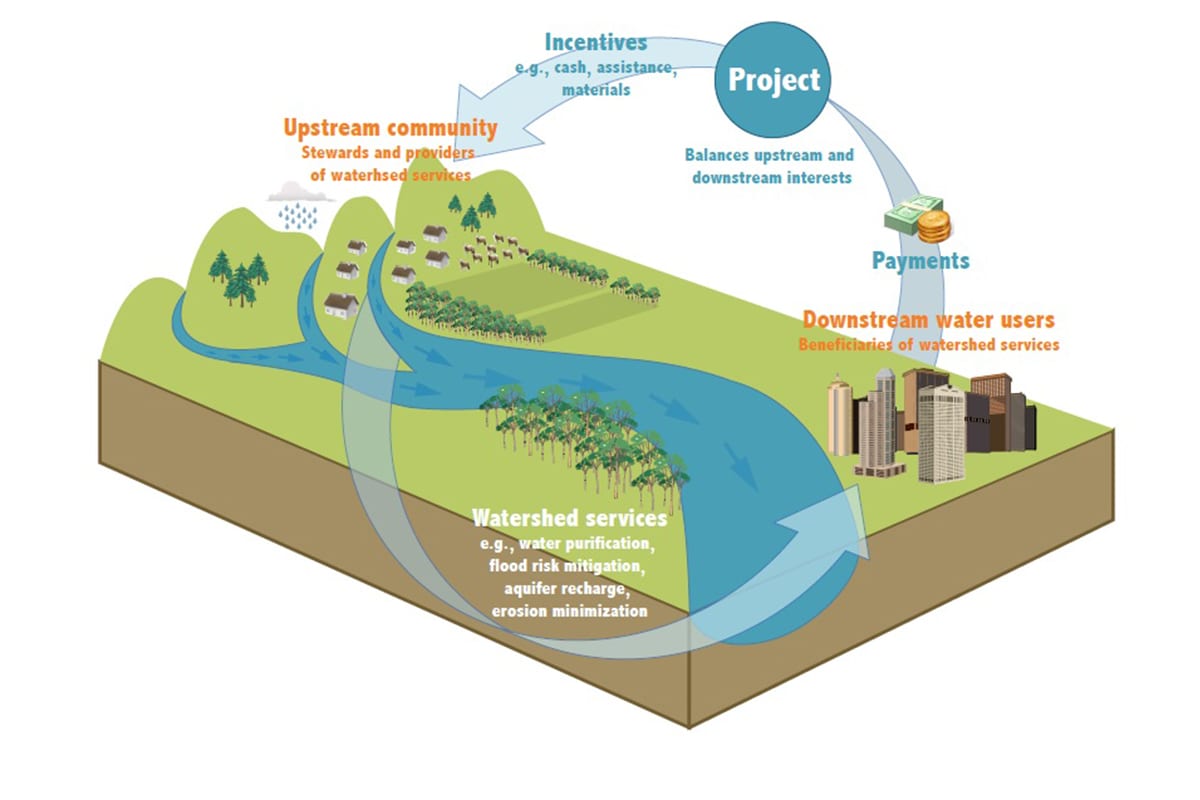China Leads World’s Embrace of Inexpensive Approach to Clean Water
By Susan Tonassi, February 12, 2013

A simple watershed
Images of China’s smog-choked capital circulated widely this winter, underlining one of the developing country’s tallest orders: learning how to strike a balance between economic growth and environmental stewardship.
But a report released in January by Forest Trends—a Burness client—revealed that China, along with a handful of nations across the globe, is making strides in one key area of environmental protection.
Charting New Waters: State of Watershed Payments 2012 tallies an uptick in investments by governments, NGOS and private companies that pay communities to shelter or clean up water supplies. The study found that more than $8 billion was invested in these projects—a $2 billion increase from the study’s findings in 2008.
These innovative programs are often chosen in lieu of “gray” (concrete) infrastructure like water treatment plants.
Examples of these water-saving measures abound in the report. In Uganda, as G1 (Brazilian newspaper O Globo’s online resource) points out, a beer brewer pays local communities to keep their water sources clean. In Bolivia, the Tico Times in Costa Rica highlighted an organization that pays people in wire, bees and honey to preserve water supplies. And as National Geographic reported, the government of Zhuhai—a bustling Chinese coastal city on Pearl River—foots the health insurance bill for more than 100,000 residents of upstream communities in exchange for their water-cleaning activities.
One of the report authors, Genevieve Bennett, told BBC News that the continued year-on-year growth in these projects was a “pleasant surprise against a backdrop of an economic downturn in many parts of the world.”
China hosts about half of the projects identified in the report. But even more remarkable, the country doled out some 91 percent of the total global investments made in these projects, as Reuters reported. The Forest Trends study also identified the Americas—especially the Western U.S. and South America—as leaders in this new field.
All of these investments will pay huge dividends in the future. As water resources become more and more strained from population growth and global warming, the value of clean water can only increase.
